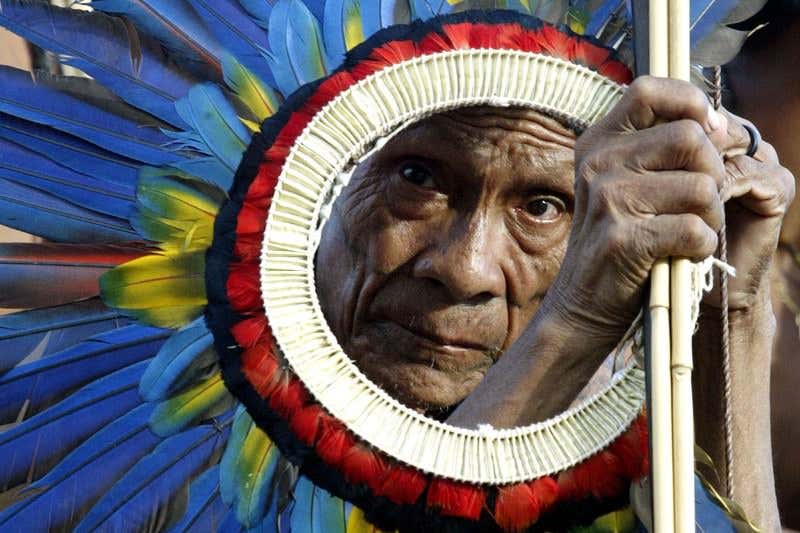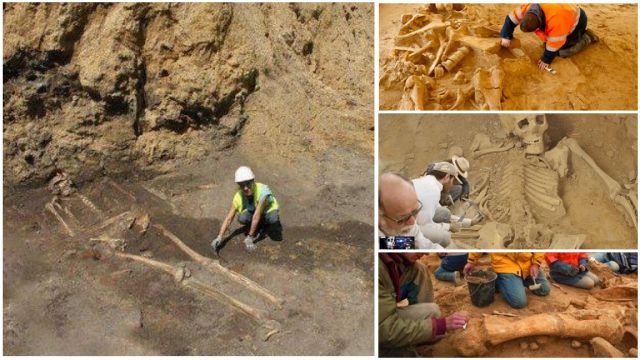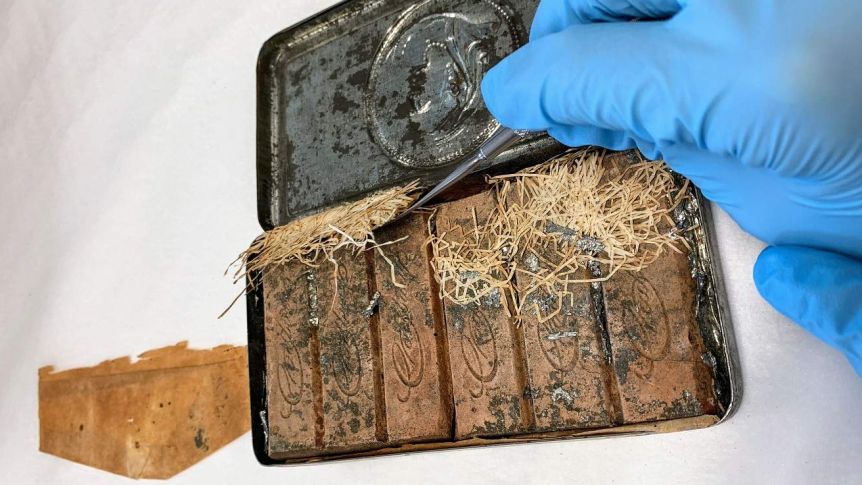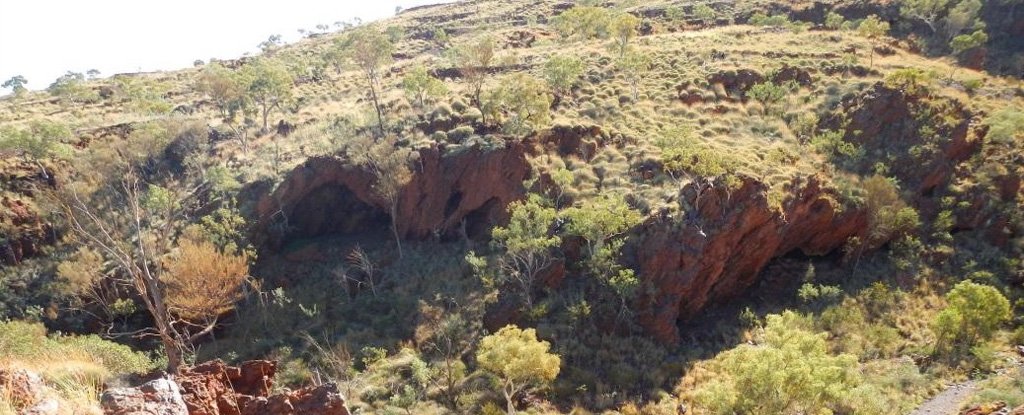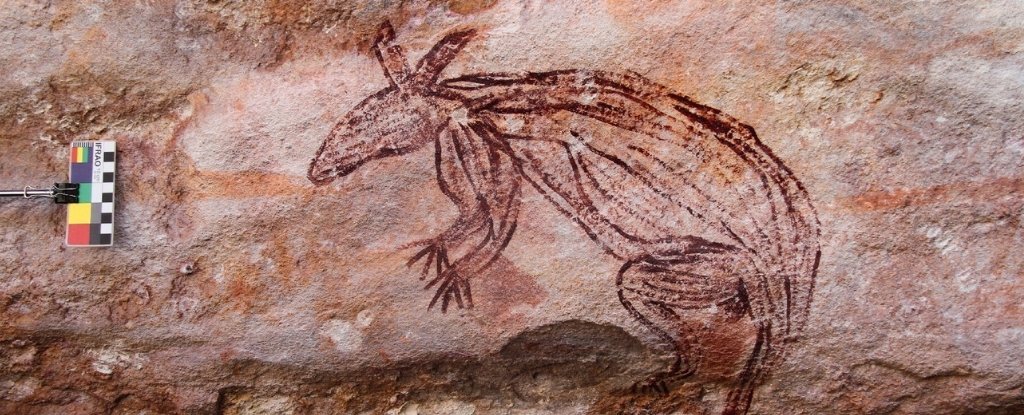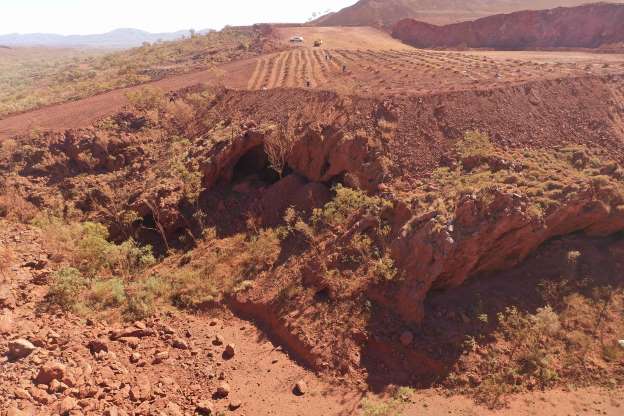Genetic Link Between Australasians and South Americans Studied
Science Magazine reports that researchers led by Tábita Hünemeier of the University of São Paulo have detected a genetic signal associated with early people living in South Asia, Australia, and Melanesia in additional populations in South America.
The genetic signal of Australasian ancestry in so far-flung a population sent researchers scrambling for answers. A new study reveals this genetic signal is more prevalent throughout South America than thought and suggests the people who first carried these genes into the New World got it from an ancestral Siberian population.
The finding also sheds light on those people’s migration routes to South America. “It’s a really nice piece of work,” says Jennifer Raff, an anthropological geneticist at the University of Kansas, Lawrence, who wasn’t involved in the study. It shows that the 2015 finding “wasn’t just an artefact. It really is a widespread genetic signal.”

Anthropologists think bands of hardy hunter-gatherers left Siberia and entered the now-submerged land of Beringia, which then connected Eurasia and Alaska when sea levels were much lower than today—perhaps about 20,000 years ago.
Then, about 15,000 years or so ago, some departed Beringia and fanned out into North and South America. These early migrants made good time: By 14,800 years ago at the latest, radiocarbon dates suggest they were setting up camp in Monte Verde in southern Chile.
The 2015 DNA studies revealed Australasian ancestry in two Indigenous Amazonian groups, the Karitiana and Suruí, based on the DNA of more than 200 living and ancient people.
Many bore a signature set of genetic mutations, named the “Y signal” after the Brazilian Tupi word for “ancestor,” ypikuéra. Some scientists speculated the Y signal was already present in some of the earliest South American migrants.
Others suggested a later migration of people related to present-day Australasians could have introduced the Y signal into people already living in the Amazon.
The new study, led by geneticist Tábita Hünemeier at the University of São Paulo, São Paulo, examined genetic data from 383 modern people from across South America, including dozens of newly genotyped individuals living in the Brazilian Amazon and central plateau.
The researchers worked closely with Indigenous people, and Hünemeier says they are collaborating with historians, anthropologists, and geneticists “to assure the results would be transferred in the best way to the Indigenous communities.”
For the first time, scientists identified the Y signal in groups living outside the Amazon—in the Xavánte, who live on the Brazilian plateau in the country’s centre, and in Peru’s Chotuna people, who descend from the Mochica civilization that occupied that country’s coast from about 100 C.E. to 800 C.E.
Next, the researchers used software to test different scenarios that might have led to the current DNA dispersal.
The best fit scenario involves some of the very earliest—possibly even the earliest—South American migrants carrying the Y signal with them, the researchers report today in the Proceedings of the National Academy of Sciences.
Those migrants likely followed a coastal route, Hünemeier says, then split off into the central plateau and Amazon sometime between 15,000 and 8000 years ago. “[The data] match exactly what you’d predict if that were the case,” Raff agrees.
David Meltzer, an archaeologist at Southern Methodist University who co-authored the 2015 study identifying the Y signal, says that explanation makes sense. Still, he adds, finding Australasian ancestry in ancient coastal remains would boost his confidence in the authors’ conclusions.
Pontus Skoglund, a population geneticist at the Francis Crick Institute who was a co-author on one of the 2015 studies with Hünemeier, says he’s glad to see South American scientists building on the previous work. “I’m excited that local research groups in Brazil are picking this up. They’re doing exactly what needed to be done.”
One unanswered question is why the Y signal hasn’t turned up in any North or Central American Indigenous groups. One possibility, Hünemeier suggests, is that the Y signal-bearing migrants simply stuck to the coast and made it to South America without leaving any genetic legacy up north.
It’s also possible that groups with Y ancestry did live in North and Central America, but died out in the deadly aftermath of European colonization. “The population Y signal is a puzzle,” Meltzer says, “but this is an interesting piece to add to it.”
